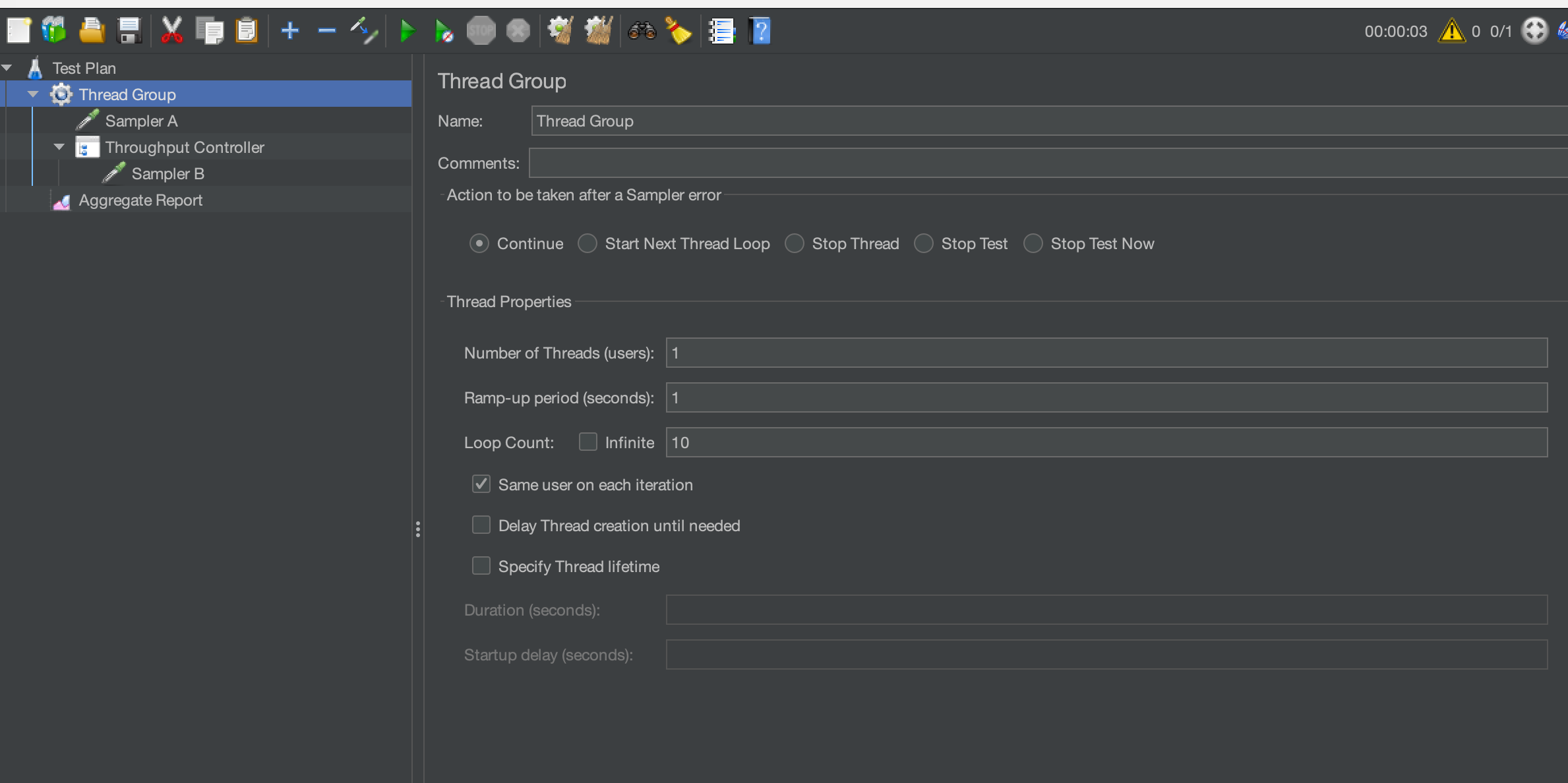From Performance Tests to Sanity Tests with JMeter
In this blog post we are going to look at how we can use our performance tests to act as Sanity Test. We have touched upon the subject in one of our blog posts on the hidden benefits or performance testing.
This post will however look to provide more detail on the subject and provide guidance on how you can accomplish this.
Aim of this post
We are not suggesting that you write a set of JMeter tests to act as sanity tests for our application under test as that would not be that beneficial. There are much better ways to write sanity tests for applications in the form of Unit Tests in code or by using a functional testing tool such as Playwright.
What we are going to investigate is how you could use already existing JMeter tests to also support Sanity testing. If you have a set of performance tests or are in the process of creating a set of performance tests for a particular project or programme, then to build them in such a way that they can double as Sanity tests would be beneficial.
We will look at how when building a test, you could also add some additional logic to give your performance tests the capability of supporting an application Sanity test. If you have a set of tests already that you have built, then by following this post will show you how these existing assets can be updated to support Sanity testing.
All tests will be written in JMeter.

